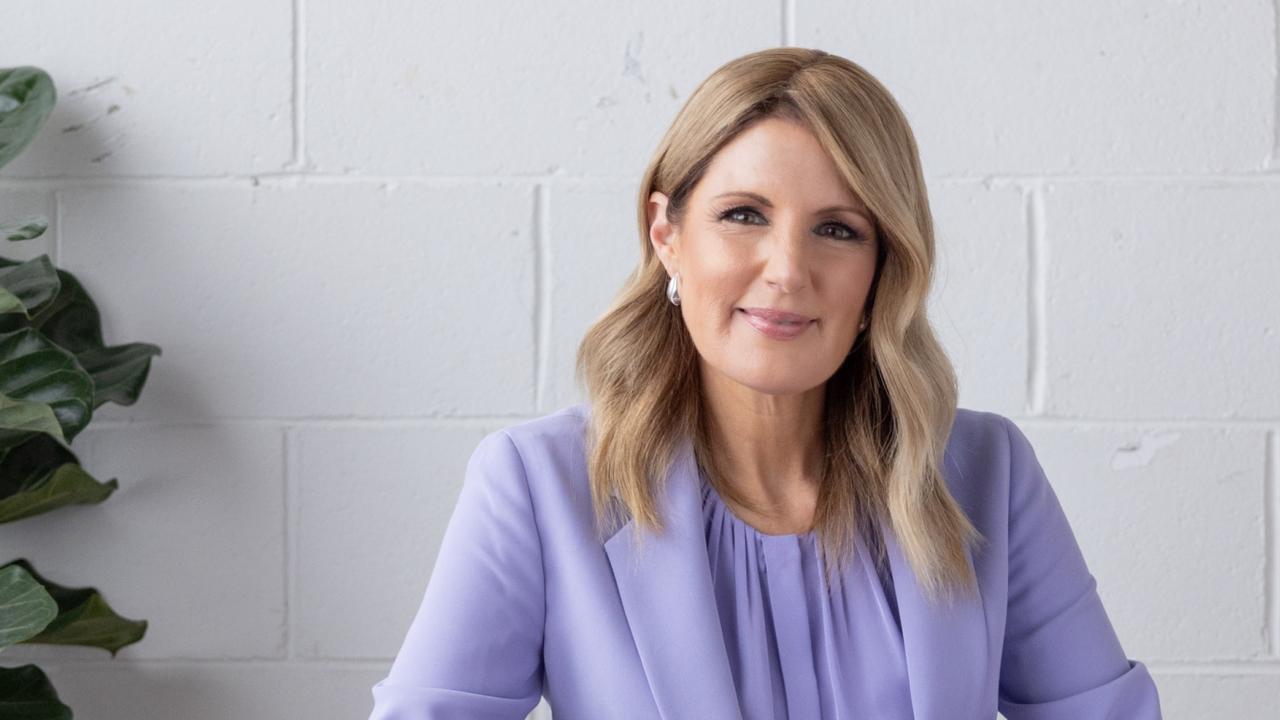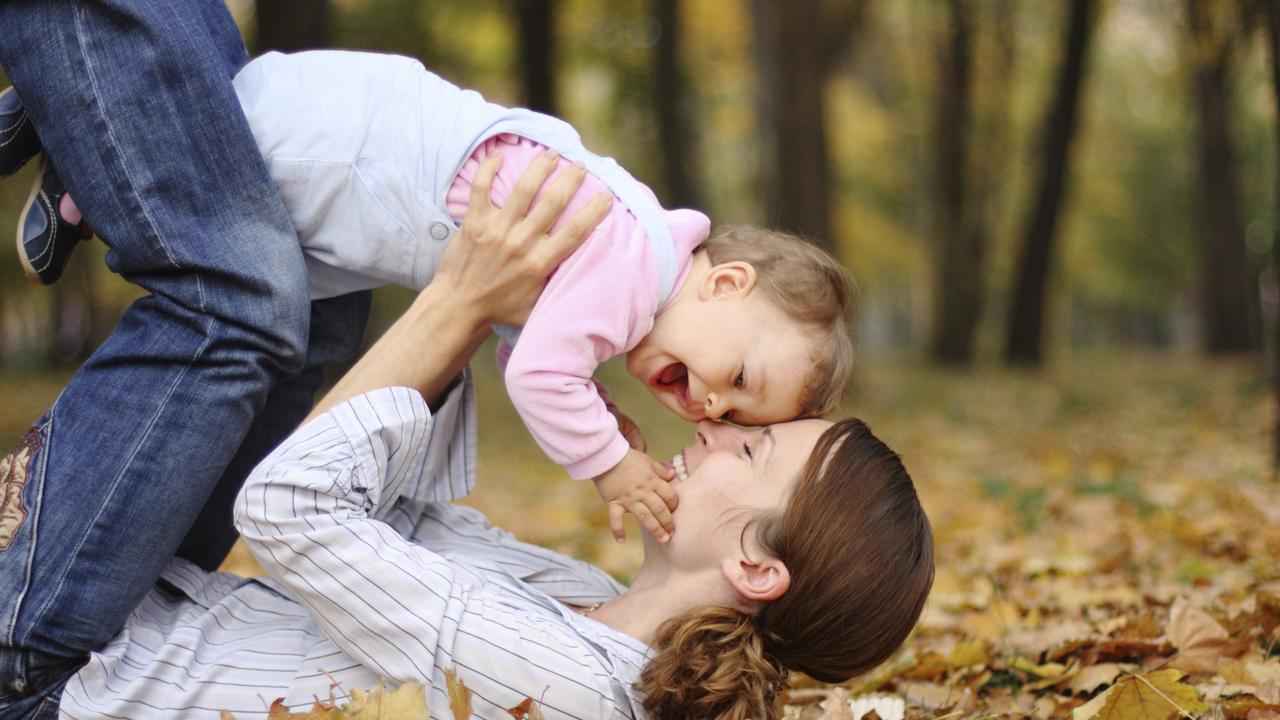Why hugging her baby has never been so hard for this Brisbane nurse
What really goes on in hospitals to fight coronavirus and the personal struggles faced by those on the frontline

QWeekend
Don't miss out on the headlines from QWeekend. Followed categories will be added to My News.
He’s moving fast now, young Harry, his chubby legs and arms propelling him across the floor in that comical but effective way one-year-olds have of zeroing in on whatever fascinates them. And when Harry’s goal is a cuddle from mum, Sam Gray, as she arrives home after a shift nursing potential COVID-19 patients, those little limbs can get a real speed up.
How Queensland tennis star John Millman is coping with life in lockdown
What do we need to get back to normal? The pub, cafe, local sport and church
The retailers swinging their doors open in time for Mother’s Day
But there’s no bursting through the door and scooping up her baby for Gray. “No hugs, no hugs,” she says to her son as he waits for her behind the screen door. Not yet.
First, she drops her ID tag, shoes and other bits and pieces in a cardboard box out the front of their home in Brisbane’s inner northern suburb of Kedron. Then her husband, Tristan, 37, opens the garage door and she takes the box into the garage. She removes her clothes and puts them straight into the washing machine. Then she heads for the shower.
Only after that do mother and son get their hug. “It’s just the way it is,” says Gray, 33, a clinical nurse in the emergency department and fever clinic of the Royal Brisbane and Women’s Hospital. “That’s how we roll.”
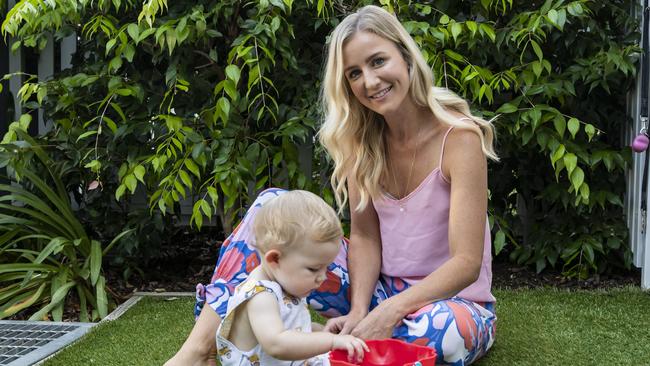
It’s the type of routine thousands of nurses, doctors and other health specialists have adopted since COVID-19 came to our shores. Some have even decided to live separately from their loved ones to remove any chance of infecting them.
“Tris and I say to each other, ‘OK, it’s just a phase, it will all blow over and we’ll get back to our normal life’.” She knows all Australians are making sacrifices and she’s “stoked” most have accepted the restraints on their lifestyle in a concerted effort to contain the virus.
“You watch it unfold over the world and you think, ‘Oh my God, this is major, this is going to be catastrophic’,” says Gray. “I was definitely a bit nervous about how it was going to unfold here, but look how good we’ve been flattening the curve. I think Australia is dealing with it really well.”
But, she warns, with the insight of a nurse and the concern of a mother who wants no missteps to delay the day when she can run to her little boy without hesitation, “we’ve still got a way ahead of us”.
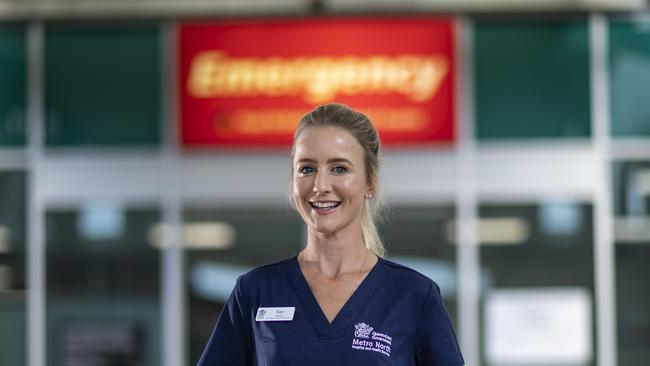
Returning to work after maternity leave is a momentous time but coming back as a nurse into the early stages of a global pandemic adds a certain frisson. Combine the fact your extended family lives in different states and is unable to help out with care of your baby and the load builds.
Still, Gray was excited to go back to work in early March. “It was a new challenge,” she says. “I didn’t realise until I went on maternity leave just how much of me is a nurse. I love helping people and being with my nursing mates and I love educating; I love everything about being a nurse. The days are gruelling, the shift work can be hard but I just love it.”
That’s not to say she wasn’t nervous. “I thought, ‘What if I bring this home to my family or into the community, how am I going to prepare for this each day?’. We didn’t know the volume of people who were going to present to the department or how Australia was going to be affected by COVID-19,” Gray says.
She knew the toll the coronavirus was having on medical staff overseas; the exhaustion, the mental stress, the fact nurses were being infected and dying. What if the virus grew rampant here? She and Tristan had a serious discussion.
“We agreed that I would continue working,” says Gray. If they decided not to organise more daycare hours for Harry (he goes twice a week), Tristan, who is now working from home, would take time off from his higher-paying job as a regional manager with Queensland Urban Utilities. “We agreed that for the good of Australia and with me being in frontline work, it was important for me to go to work.”
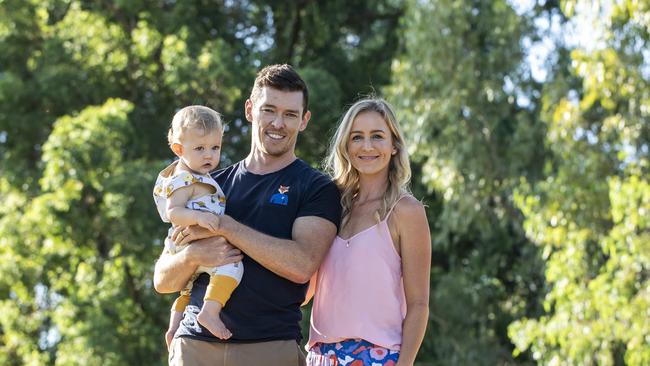
Gray is a midwife, has worked in intensive care and is also a nurse educator, but the emergency department is her passion. “It’s the fact that you see something different all the time,” says Gray. “You could have someone come in with a simple laceration to the hand or you could be caring for someone on the ‘care of the dying pathway’ in the end stages of their life.”
But she says one of the most important skills for any nurse is the ability to remain calm. “To quote Florence Nightingale, ‘How very little can be done under the spirit of fear’. It’s so very accurate,” says Gray. “Nurses have to put on a brave face. We’ve got to show that to the patients.”
That was the armour she walked in with on her first day back. She grew more confident when she witnessed the level of preparation at the RBWH. “A lot of our education at work is about how to deal with acute respiratory distress syndrome, how to deal with intubating patients with coronavirus and learning about how to manage the ventilator,” she says. “We have daily education about how to manage a mass influx of patients, we have simulations about how to manage a deteriorating patient who might have coronavirus.”
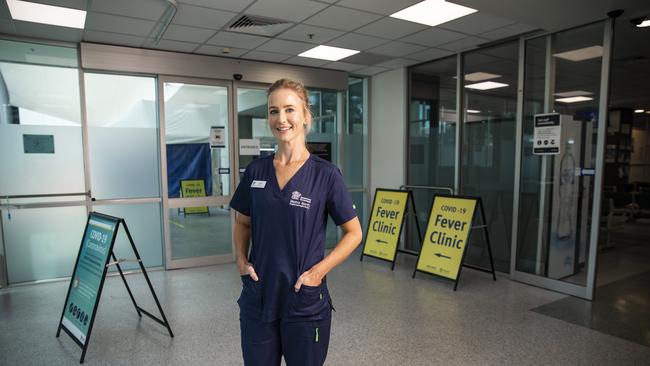
In readiness for an influx, a fever clinic was set up in a marquee outside the emergency department. Predictions were dire. In early March, Queensland’s chief health officer, Dr Jeannette Young, said modelling showed about a quarter of Queenslanders – about 1.25 million people – could be infected, with about 12,500 deaths over six months.
Gray knew she had the training: in the ED, she has to be ready for mass trauma cases to come through the door. “With COVID-19, we had to do the same sort of thing. ‘OK, we’re potentially going to see thousands of people, prepare for the worst guys’.”
Thankfully, the worst hasn’t come, with about 3700 people visiting the RBWH’s fever clinic since it opened. Queenslanders infected with COVID-19 so far number just over 1000, with fewer than 10 deaths. But statistics don’t mean much when you – or a loved one – are the person with the fever, runny nose, dry cough or other COVID-19 symptoms. “People come through the fever clinic and they say, ‘I think I have coronavirus’, and you have to deal with that fear.”
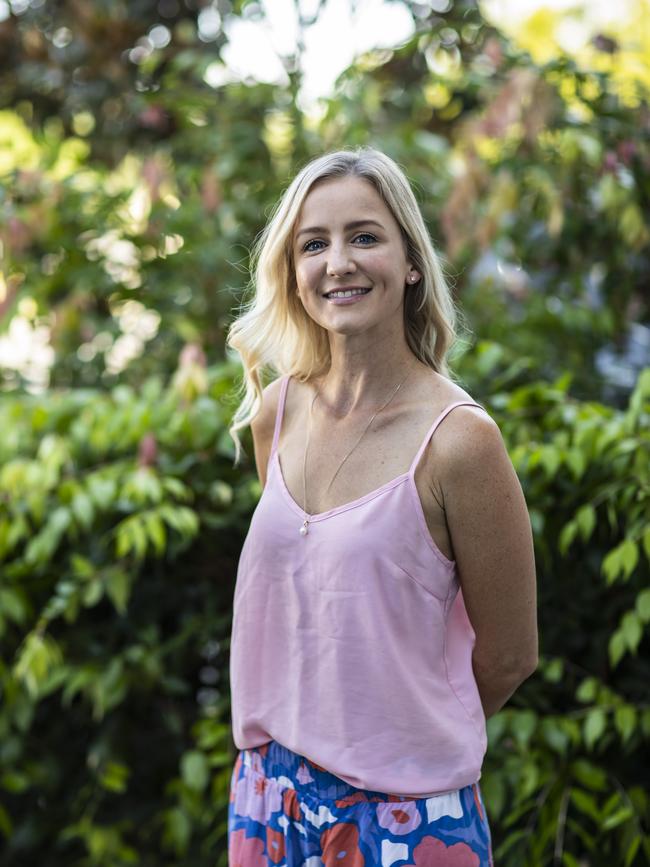
A doctor does a health check and takes a swab, with results known in about 24 hours. If the person is well enough, they may go home and self-quarantine until results come back. Even if diagnosed with the virus, they can be nursed and consulted at home through a “virtual ward”. If their condition is deteriorating or they have comorbidities that cause concern, they will be sent to the ED which has been split into two sections; respiratory and non-respiratory presentations.
The non-respiratory section runs like a normal ED, although there has been a change to the type of injuries and illnesses. Trauma cases from road accidents and risk-taking activities have reduced with the closure of pubs and clubs and fewer vehicles on the road. But they’ve been replaced by an increased number of elderly people suffering falls and more cases of mental health issues and domestic violence. It’s different, says Gray, but not as different as the respiratory zone.
At the start of every shift in the respiratory ED, Gray is talked through the donning of her personal protective equipment (PPE) by another nurse. Gown, gloves, mask, goggles: all must be secured in a specific way, in a specific order. The assisting nurse then writes Gray’s name and the time on her gown. “Then you go in and care for the patients.”
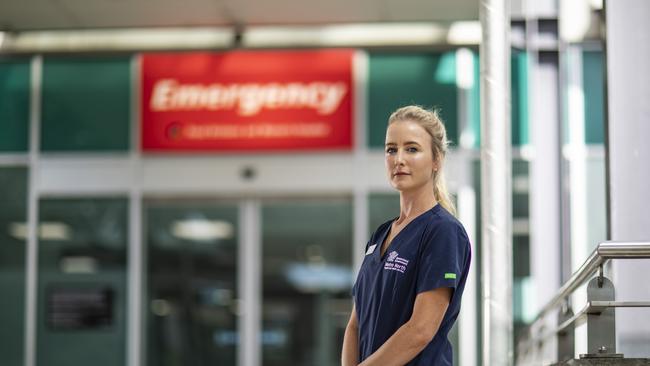
One set of doctors and nurses have contact with the patients, taking blood, doing checks on vitals, giving medication. Another nurse stands behind a safe zone line, taking notes and passing through equipment. Further back, behind a plastic barrier, another nurse acts as a runner, sending off bloods and organising drugs. “It decreases the amount of PPE use, so people aren’t donning and doffing every time they encounter a COVID patient or a patient with respiratory [symptoms],” says Gray.
The PPE is hot. The goggles can fog up but they and the mask must stay on. “We don’t touch it; if it breaches you have someone help you put another on.” The gloves and over-gown are changed between patients, with nurses being rotated about every four hours. “You lose so much fluid and you can’t drink or eat while you’re in there so it can get quite exhausting. That’s why they create short blocks of time.”
Gray has not had to tend to a very sick COVID-19 patient who needed to be intubated and taken to intensive care. “Most people are relatively well. I think the hardest thing for them is the inability to have their relatives in with them and that’s about keeping exposure down.”
It’s especially hard for over 65s with multiple comorbidities. “It’s a scary time to be alone,” says Gray. “So, [it’s about] just being there for them, offering as much support as possible, even if it’s just a cup of tea and a sandwich, or saying, ‘Here’s a phone, call your loved ones’.”
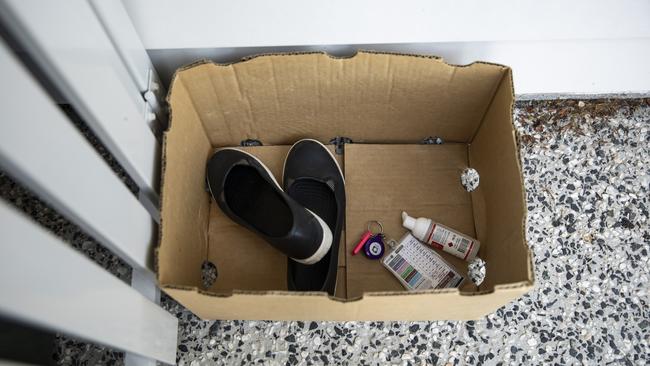
She understands that for many, seeing the medical staff covered in protective gear can be intimidating. It’s difficult for nurses, too. “Part of being a nurse is about being with someone and touching them, holding their hand if they’re going through a difficult procedure. They can’t see if you’re smiling, they can’t feel your touch because you’re wearing gloves. It must be hard for the patients to feel that true compassion from us.”
Gray has not been subject to abuse by patients, or when she’s in the community in her uniform, as experienced by other Queensland nurses. “It’s appalling, it must be people are under so much stress about potentially catching it,” says Gray. “I guess, everyone’s got their own stories.”
Beth Mohle, the secretary of the Queensland Nurses and Midwives’ Union, says it’s important to remember that nurses have their stories, too. “[Nurses] leave their families and go to work, they’ll experience increased workloads and treat patients with both COVID-19 related concerns as well as those with cancer, motor vehicle-related injuries and the many other conditions that present on a normal day,” says Mohle. “Our 62,000 members are experiencing the same concerns as all other Queenslanders. They’re worried about finances, the future, the wellbeing of friends and relatives. On top of this, they are concerned about the possibility of passing illness onto their families, including children, despite taking all the necessary precautions.” Those precautions include the way Gray removes her PPE. Just as at the start of the shift, when she leaves the respiratory section, hot and tired, a nurse talks her through the correct way to doff her gear. To keep as safe as possible. Then she heads home to hug Harry and Tristan.
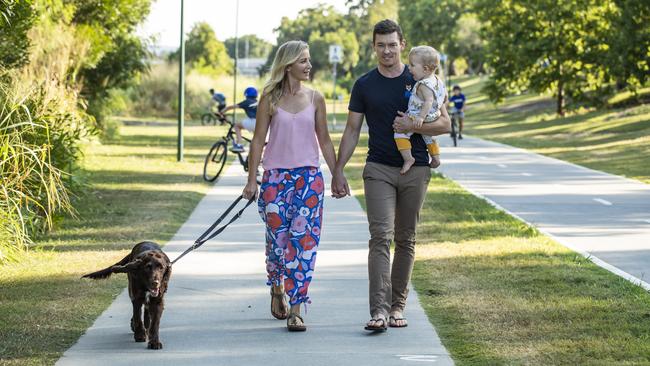
Challenges come in all guises and at home, Gray’s big ambition is for Harry to eat something other than rice cakes and strawberry yoghurt. “He’s a terrible eater but he’s always been a pretty good sleeper, so we’re lucky,” she says. “He is super happy; very, very cheeky. And he’s just on the go, he’s trying to get into everything. I’m a first-time mum so I’m not experienced in all of this so we’re learning.”
Lockdown makes it harder because she has told all her friends not to visit. “I pretty much laid down the law. I said, ‘Look, I don’t think we should be seeing each other, even if it’s just one-on-one,” says Gray. Some friends have immunocompromised family members and she doesn’t want to risk passing on coronavirus. “They say it takes a village to raise a child and so this is completely going against the grain. We don’t have our village anymore so dealing with that isolation is a real struggle.”
Gray’s parents live in her home state of WA and the plan had been to visit later this month, for a friend’s wedding in Broome and a belated Mother’s Day celebration. The trip has been cancelled and her mother is devastated. The stopgap is video calls. “It’s something I wouldn’t have bothered with before but now it’s like, ‘Right, if we can’t come to you, we’re going to have more contact this way’.”
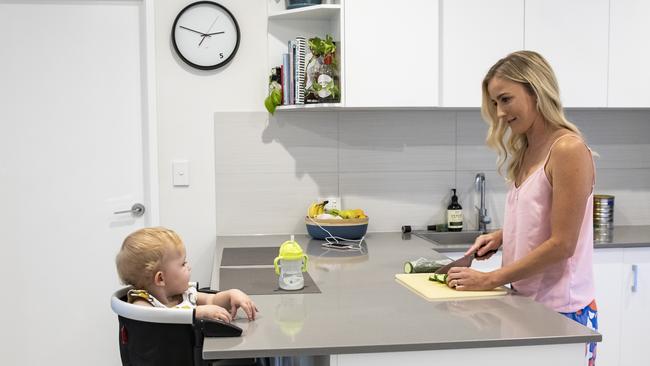
It’s better than nothing but when the hook-up ends, it’s just the three of them. Harry is “amazing” but being confined in the house with a one-year-old isn’t easy, especially for a couple who loves the outdoors. Gray and Tristan, who is from southern NSW, met at a boot camp that he was running in Perth more than a decade ago and they are keen hikers and campers. Now, twice daily walks around nearby Kedron Brook is their outlet. “We’re people that like to get out and about and socialise and we usually use every minute we possibly can to be outside this house so it’s been really tough being confined in these four walls.”
She reminds herself it won’t last. That Australians have heeded the call to social distance and that there will be a time when the ED is no longer split into two sections. Until then, she’ll keep putting on the PPE in meticulous order and caring for coronavirus patients. At the time of writing, Gray wasn’t booked for a shift tomorrow, Mother’s Day. But she was going to make herself available if needed.
And if not? “Hopefully, Tris and Harry let me have a little sleep in, bring me breakfast in bed and maybe a bike ride in the sunshine. That’s about as glorious as it gets in these times, isn’t it?” ■

